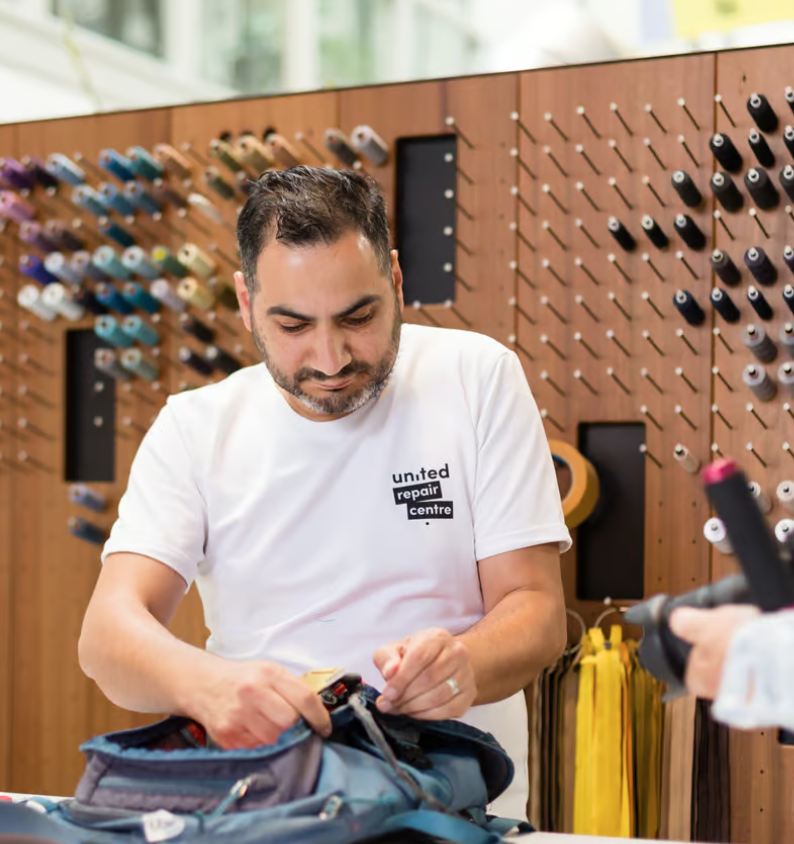
1. What is the new legislative proposal from the EU regarding the right to repair? Does it also apply to textile companies?
The EU’s legislative proposal on the right to repair encourages product repair to ensure that a large number of them are repaired under warranty, and to provide affordable options for post-warranty repairs. This directive aims to strengthen demand, promote accessible options for consumers, reduce the waste of functional goods, and encourage greater product longevity. The new obligations require sellers to offer repair options when they are more economical than purchasing a new product, during the warranty period. Additionally, consumers have the right to request repairs for technically repairable items beyond the warranty period. However, the fashion industry has been excluded from this legislative proposal, although it is envisaged to include all textile and fashion items in the Eco-design Regulation in the future.
2. To what extent is the fashion industry involved in the right to repair?
The fashion industry is not directly involved in the legislative proposal on the right to repair, but it could be affected in the future if textile items are included in the Eco-design Regulation. The new provisions introduced by the European Parliament focus on textiles and footwear among other products. Fashion companies could be required to comply with strict rules aimed at making textile products more durable, facilitating their repair, and promoting recycling.
3. What major changes are expected for designers/large fashion brands?
Large fashion brands may need to modify their business practices to comply with legislation promoting product repair. They may consider introducing in-store repair services at competitive prices to meet the increasing demand for sustainable products. It is also possible that fashion companies will need to provide information on the repairability of their products and potentially establish mechanisms to facilitate the transmission of this information to consumers. Finally, they should focus on complying with prescribed eco-design standards and consider establishing systems for tracing and quantifying unsold stocks.
4. What changes are underway, introduced by this initiative?
This initiative introduces significant changes in how products are designed, produced, and consumed in the fashion industry. Fashion companies will need to align their production with stricter standards aimed at prolonging product durability and facilitating repair and recycling. This could lead to a realignment of business practices and greater accountability to the environment and consumers.
Read more – Fashion United
